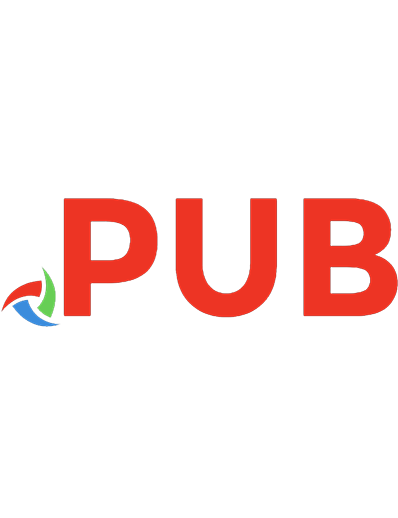How to Study for a Mathematics Degree 9780191637360, 019163736X, 978-0-19-966132-9
Every year, thousands of students go to university to study mathematics (single honours or combined with another subject
568 112 766KB
English Pages 289 Year 2014
Table of contents :
Content: Cover
Contents
Symbols
Introduction
Part 1 Mathematics
1 Calculation Procedures
1.1 Calculation at school and at university
1.2 Decisions about and within procedures
1.3 Learning from few (or no) examples
1.4 Generating your own exercises
1.5 Writing out calculations
1.6 Checking for errors
1.7 Mathematics is not just procedures
2 Abstract Objects
2.1 Numbers as abstract objects
2.2 Functions as abstract objects
2.3 What kind of object is that, really?
2.4 Objects as the results of procedures
2.5 Hierarchical organization of objects
2.6 Turning processes into objects. 2.7 New objects: relations and binary operations2.8 New objects: symmetries
3 Definitions
3.1 Axioms, definitions and theorems
3.2 What are axioms?
3.3 What are definitions?
3.4 What are theorems?
3.5 Understanding definitions: even numbers
3.6 Understanding definitions: increasing functions
3.7 Understanding definitions: commutativity
3.8 Understanding definitions: open sets
3.9 Understanding definitions: limits
3.10 Definitions and intuition
4 Theorems
4.1 Theorems and logical necessity
4.2 A simple theorem about integers
4.3 A theorem about functions and derivatives. 4.4 A theorem with less familiar objects4.5 Logical language: 'if '
4.6 Logical language: everyday uses of 'if '
4.7 Logical language: quantifiers
4.8 Logical language: multiple quantifiers
4.9 Theorem rephrasing
4.10 Understanding: logical form and meaning
5 Proof
5.1 Proofs in school mathematics
5.2 Proving that a definition is satisfied
5.3 Proving general statements
5.4 Proving general theorems using definitions
5.5 Definitions and other representations
5.6 Proofs, logical deductions and objects
5.7 Proving obvious things. 5.8 Believing counterintuitive things: the harmonic series5.9 Believing counterintuitive things: Earth and rope
5.10 Will my whole degree be proofs?
6 Proof Types and Tricks
6.1 General proving strategies
6.2 Direct proof
6.3 Proof by contradiction
6.4 Proof by induction
6.5 Uniqueness proofs
6.6 Adding and subtracting the same thing
6.7 Trying things out
6.8 'I would never have thought of that'
7 Reading Mathematics
7.1 Independent reading
7.2 Reading your lecture notes
7.3 Reading for understanding
7.4 Reading for synthesis
7.5 Using summaries for revision. 7.6 Reading for memory7.7 Using diagrams for memory
7.8 Reading proofs for memory
8 Writing Mathematics
8.1 Recognizing good writing
8.2 Why should a student write well?
8.3 Writing a clear argument
8.4 Using notation correctly
8.5 Arrows and brackets
8.6 Exceptions and mistakes
8.7 Separating out the task of writing
Part 2 Study Skills
9 Lectures
9.1 What are lectures like?
9.2 What are lecturers like?
9.3 Making lectures work for you
9.4 Tackling common problems
9.5 Learning in lectures
9.6 Courtesy in lectures
9.7 Feedback on lectures
10 Other People.










